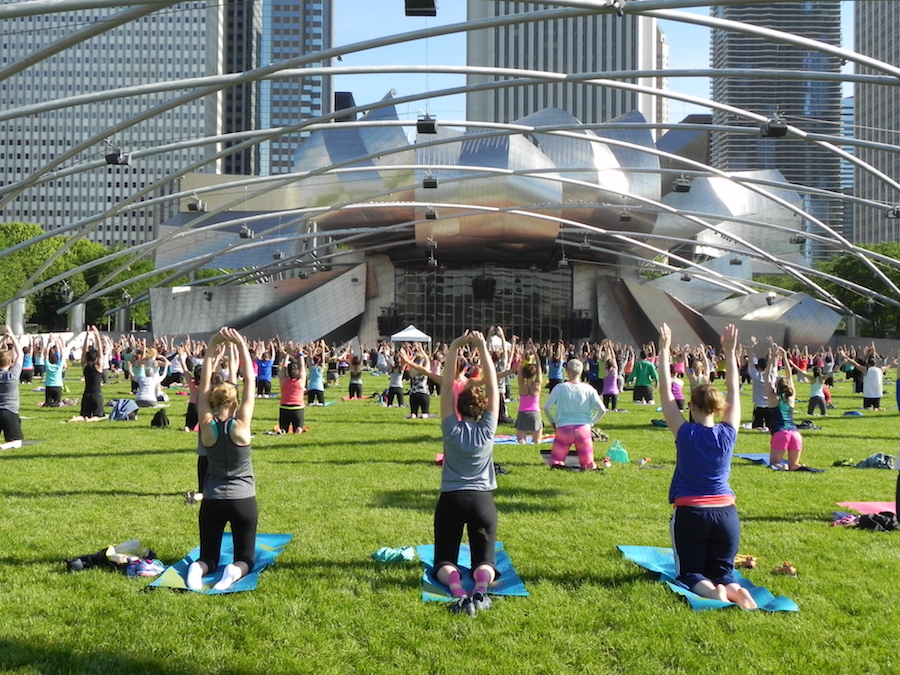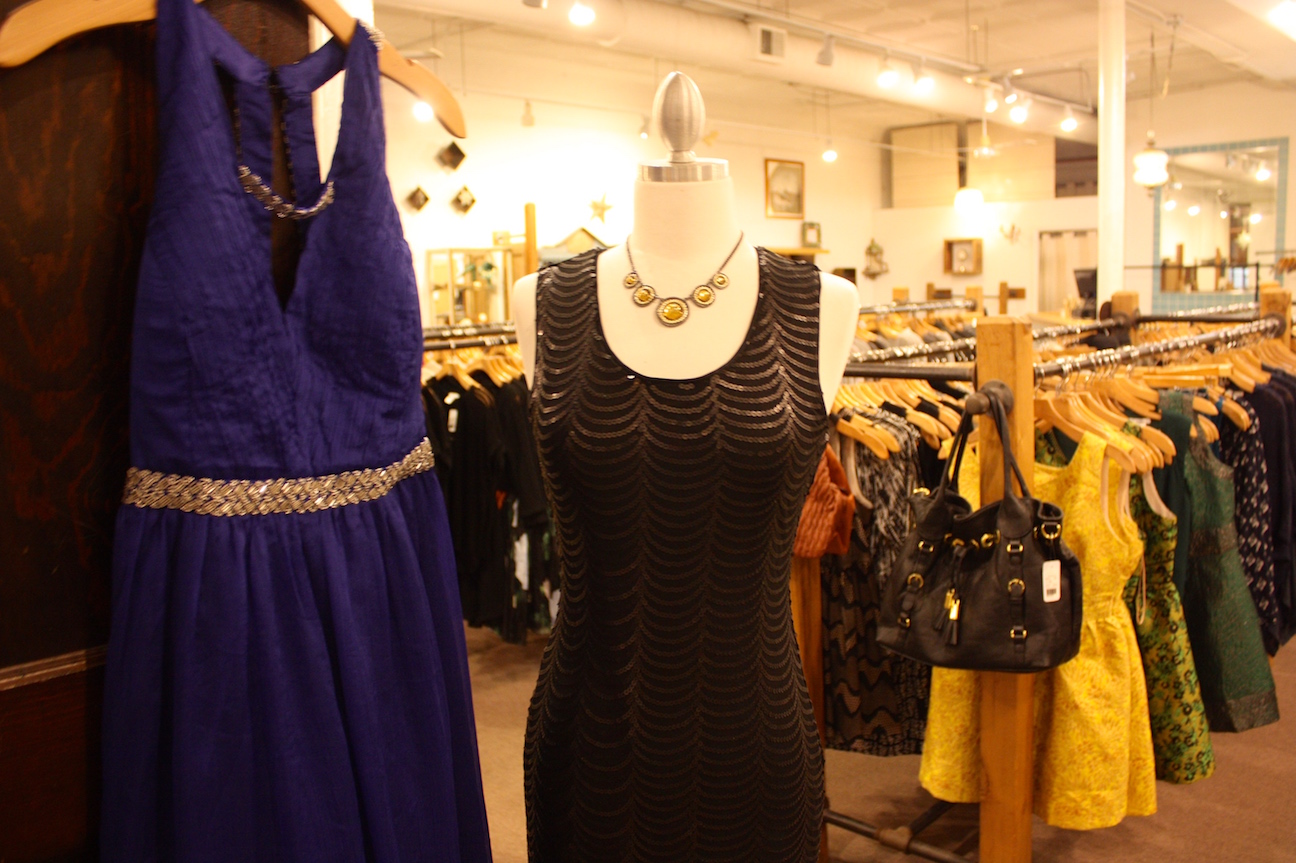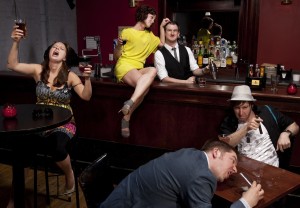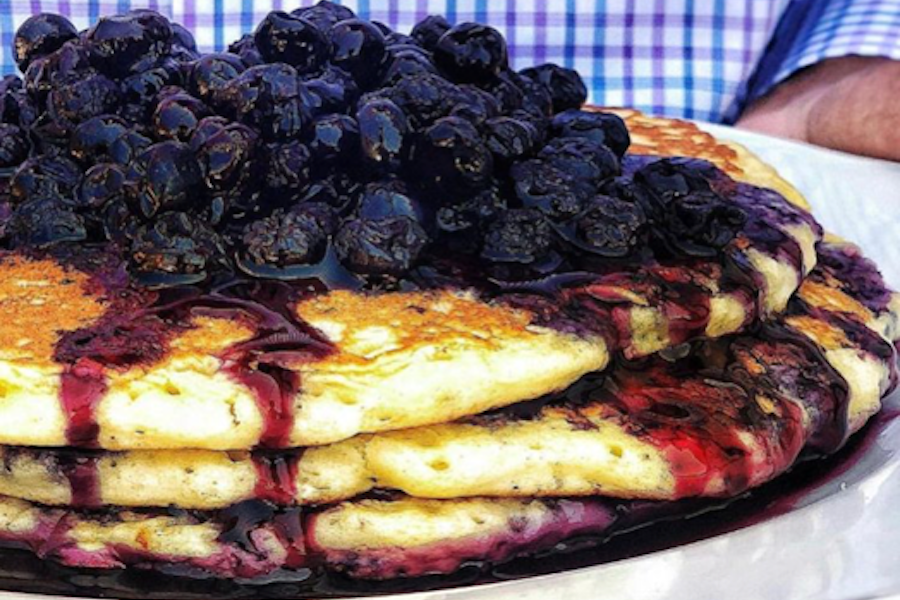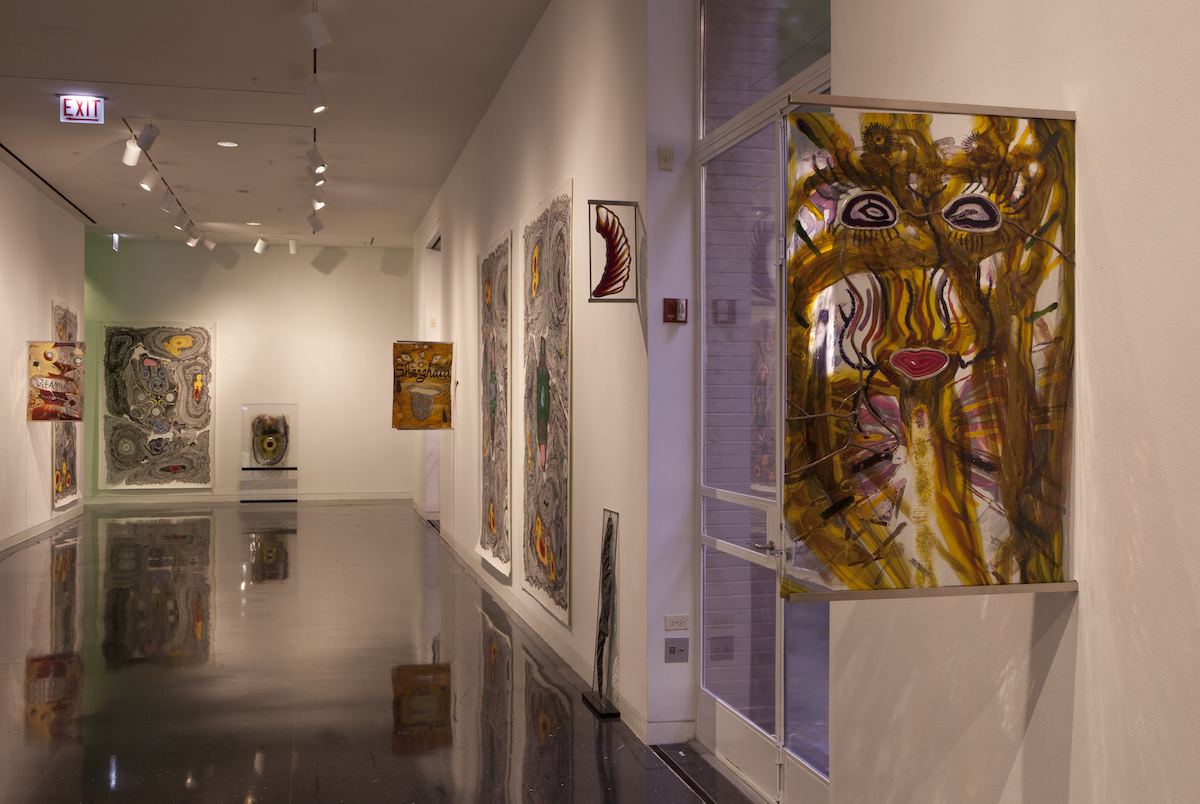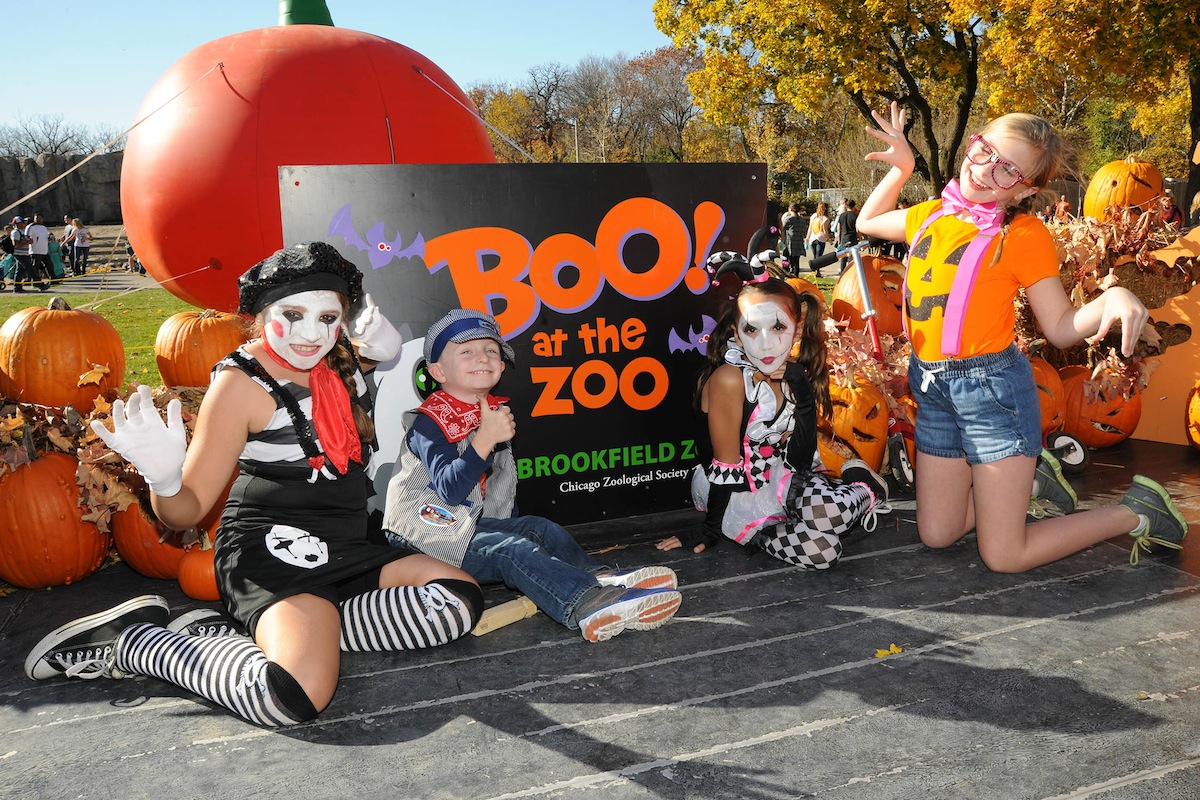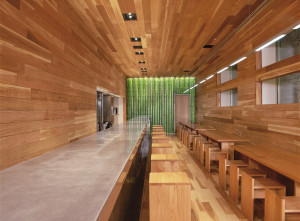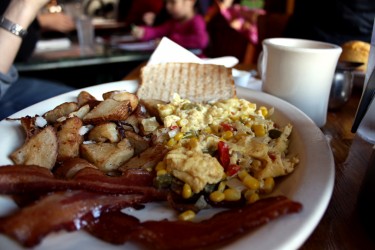First Look review: World’s Fair exhibit at the Field Museum
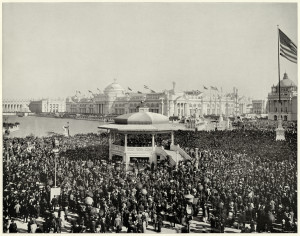
Opening the vaults: Exploring the wonders of the 1893 World’s Fair at the Field Museum
Where: Through Sept. 7, 2014, at the Field Museum, 1400 S. Lake Shore Dr. www.FieldMuseum.org
Background: The World’s Columbian Exposition, also known as the World’s Fair of 1893, was a fair held in Chicago to celebrate the 400th anniversary of Christopher Columbus’ arrival in the New World.
The fair was largely designed by the famous Chicago architect Daniel Burnham during a time of mass reconstruction of the city following the Great Chicago Fire of 1871. The fair displayed a shift to neoclassical architecture, as 200 temporary buildings were erected for the event. Only two buildings remained in their original positions following the fair, the Palace of Fine Arts and the World’s Congress Auxiliary Building. The latter, which housed the Field Columbian Museum, was relocated in 1905 and renamed the Field Museum of Natural History in 1921. The Palace of Fine Arts building was reopened as the Museum of Science and Industry in 1933.
Over the course of the fair’s six-month run, more than 26 million people from all over the world flocked to Chicago to attend. The fair set a world record on what is now known as Chicago Day — October 9, 1893 — when 716,881 people attended. One of the stars on the Chicago municipal flag is in commemoration of the World’s Fair. The Field Museum has opened the vaults to share with the public some of the hidden treasures of this historic Chicago event.
What to expect: Prepare yourself to experience the architecture, culture and technology that were on display at the World’s Fair, some of which pre-dates the actual event. Many of the artifacts and specimens are now a part of the Field Museum’s permanent collection, but most have rarely or never been seen since the fair’s close in October of 1893. View some of the items related to the planning of the event like tickets, maps, posters and rare photography, in addition to interesting taxidermy pieces, sculptures, jewelry, pottery and more.
What stood out: Look for the giant stuffed seal and a fun interactive music exhibit in the Jawnese Village. Also, the Field Museum never disappoints with their excellent array of dinosaur fossils, including the head of their crown jewel Sue, one of the largest and best-preserved Tyrannosaurus rex specimen ever found.
I was also intrigued by the “Mystery Switch,” a strange contraption that looked by a metal loom. Apparently, the records were lost, leaving historians to wonder what the device actually did. Museum lore says it was used to turn on the fair’s lights, but no one can be sure, and the museum has asked patrons to notify them with any information on the “Mystery  Switch.”
Switch.”
Observations: I learned that ragtime music was first introduced at the World’s Fair. African-American musicians who were barred from playing inside the fair played this musical genre from the turn of the century outside of the fairgrounds.
Final thoughts: More important than the actual items at the exhibit were the explanations of the time. The World’s Fair came at a time of discovery of the natural world. People began to realize that plants could be used as food and clothing, and women began collecting dead birds and feathers to put in their hair as accessories. People yearned to learn about their world and the lives of people in other cultures. With the participation of 46 different nations, the desire to learn about other cultures was cultivated at the World’s Fair, and facilitated by our great city.


